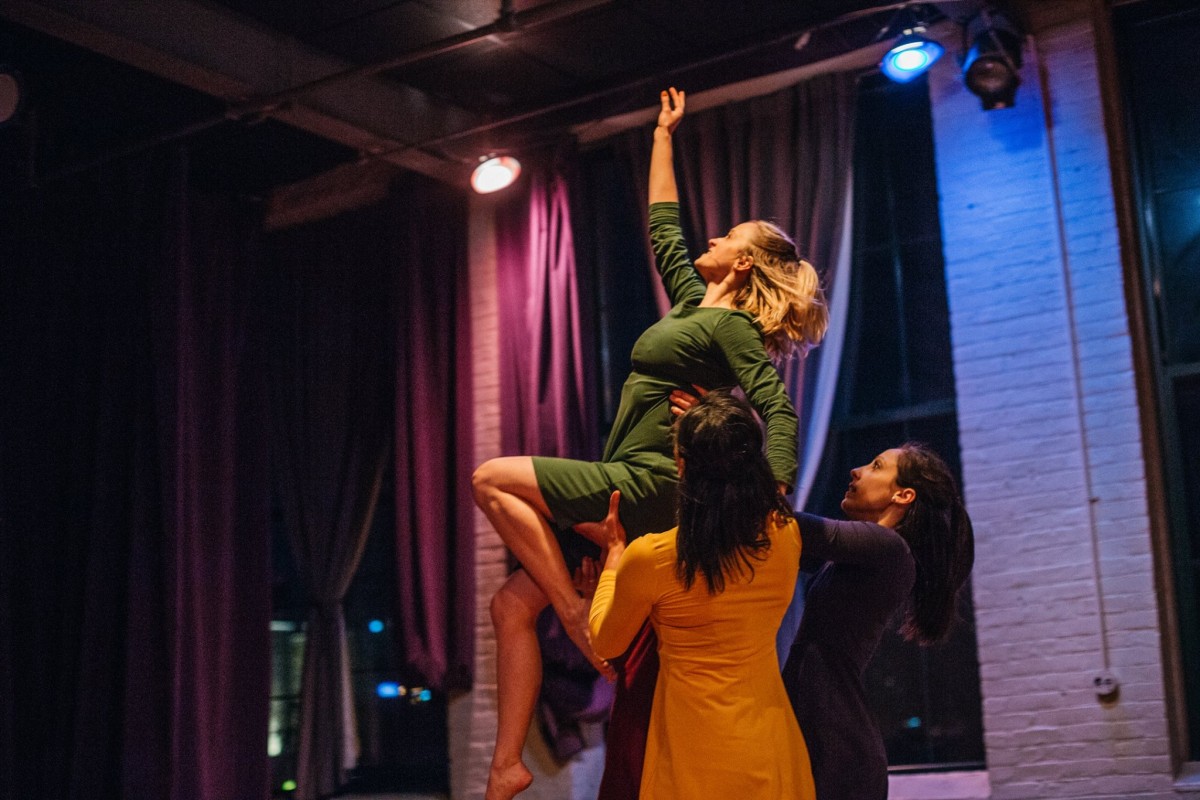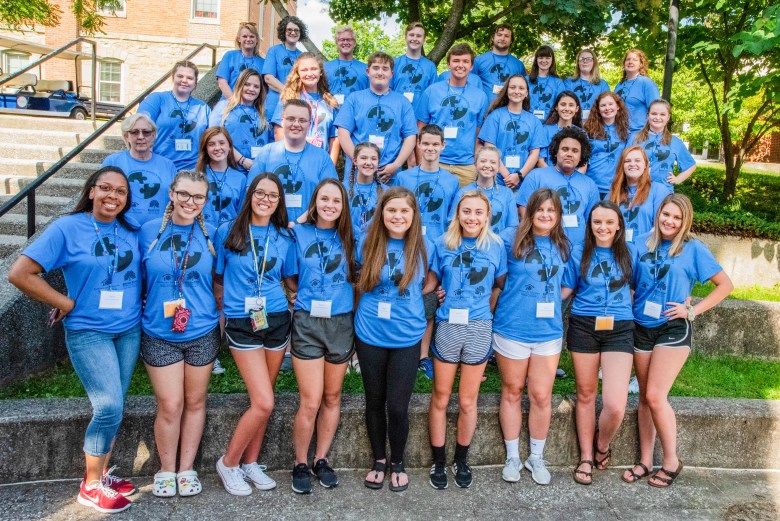COVID-19 is indiscriminate. Everyone is susceptible. That’s a message we hear consistently from public health officials throughout Appalachia. But we know that some are more vulnerable than others: the elderly and those with particular preexisting health conditions, for example. It’s also true that entire communities are at greater risk: those of color.
This reality was underscored midsummer as the force of the pandemic shifted direction, surging through Southern and Western states. The populations of these regions have a higher percentage than the nation as a whole of residents who are Black, Latinx and Native American.
Native American adults are almost three times as likely to be diagnosed with diabetes as white adults; Latinxs likewise more commonly suffer from diabetes. Black adults experience hypertension, diabetes and obesity at higher rates than white adults. And these are all conditions that make it more difficult to fight off COVID-19.
Social determinants must be factored in. People of color are more likely to have lower household incomes. They’re more likely to live in multigenerational households. They’re less likely to have access to affordable health care.
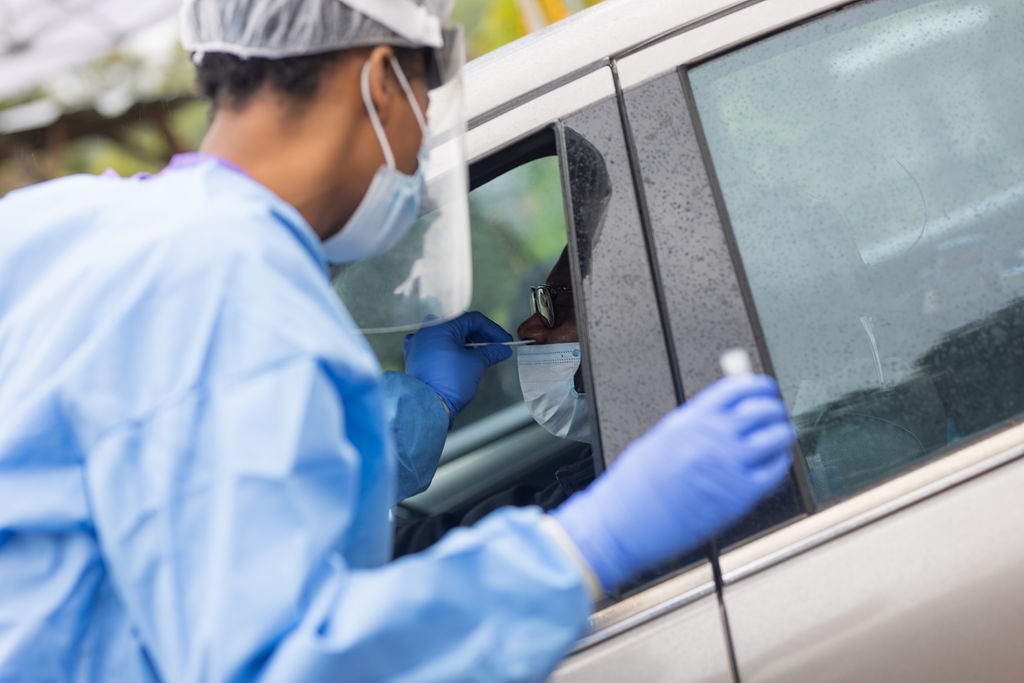
Members of racial and ethnic minority communities are more likely to work in jobs considered essential, and a return to work places them at greater risk of exposure to the virus. Many work in jobs – in the service industry and construction, for example – in which physical distancing is difficult, if not impossible.
In a Centers for Disease Control and Prevention study, more than a third of Latinxs who died from COVID-19 were 65 or younger, nearly three times the rate of whites. The study’s authors noted the nature of their occupations as a potential contributing factor to the higher rate.
The University of Alabama at Birmingham’s Minority Health & Health Disparities Research Center, or MHRC, was founded to take a scientific approach to reducing the health disparities experienced by vulnerable populations. The center has worked in communities in Birmingham, throughout its region of Appalachia and in the Black Belt to address the social determinants of health.
Responding to the outbreak of COVID-19 is now its primary focus. Doing so requires both proactive and reactive measures – education, testing, immediate care. It also requires, says Cathy Cartagena, an MHRC research specialist and patient navigator, culturally sensitive and respectful interaction and an understanding of a particular community’s day-to-day reality.
Theresa Wallace, program director of the center’s Live HealthSmart Alabama initiative, agrees. Many of those the center is reaching out to, Wallace says, are torn between often-conflicting imperatives: sheltering or working; seeking help or soldiering on. Some, Wallace suggests, “may not see the virus as their biggest threat, because they have so many other pressing needs.”
In countering the disproportionate impact on Black and Latinx communities, the MHRC has adopted what Wallace calls a “rapid-response mentality,” while staying mindful of the accelerated urgency of long-term solutions.
Overcoming Barriers in the Latinx Community
Latinx communities face some distinctive challenges in confronting COVID-19, language primary among them. Reliable information can be hard to come by. The communities also tend to be insular; interaction with the world around them is often minimal.
Fear is another factor – fear of losing a job; fear, for the uninsured, of the cost of seeing a doctor; fear, for the undocumented, of deportation.
Fear is a constant in many Latinx households, says Maria Uncein, a native of Venezuela now living in Birmingham, and it’s heightened within the pandemic.
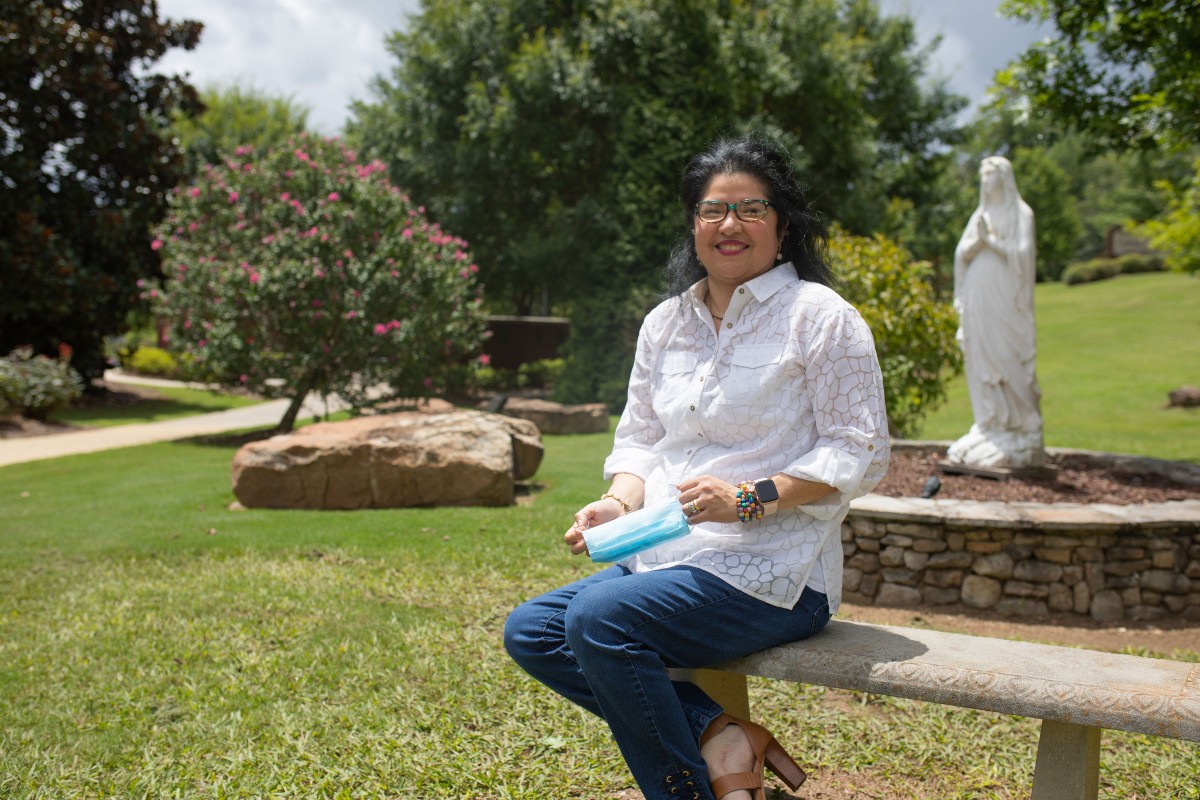
People are “scared to go to the doctor,” Uncein says. “They’re scared to even have a conversation about their symptoms, so they’re diagnosing themselves, ‘Oh, no, no; this is just a regular gripe,’” she says, using the Spanish word for flu.
Rumors abound, say community advocates – for example, that all those who enter the hospital with the virus will die. Or, on the other extreme, that one’s ethnicity makes them immune.
MHRC staff has worked, Wallace says, “to debunk the myths, providing education and then reinforcing the message that this is real, ‘Yes; you have concerns. Let’s tackle this step by step.’”
No Finger Pointing
Data compiled by the COVID Tracking Project indicates that while only 4 percent of Alabama’s population is Latinx, they comprise 12 percent of the state’s positive COVID-19 cases.
On a recent Thursday afternoon, the heat index hovering over 100, cars lined up in the parking lot of St. Peter the Apostle Catholic Church in Hoover for drive-up COVID-19 testing. This is one of 15 community sites where testing is provided by the MHRC in partnership with the UAB Health System, UAB Medicine and the Jefferson County Health Department.
Hoover is a suburb on Birmingham’s south side. It’s home to a great many Latinx families, many of whom attend St. Peter’s. Roughly half of those queued up today are native Spanish speakers.
The positive rate in this immediate area has been high and testing has been sparse. The church is an ideal location to reach members of the community. Faith leaders tend to be influential voices in marginalized communities, says Tiffany Osborne, the MHRC’s director of community engagement. In times of crisis, they play an invaluable role.
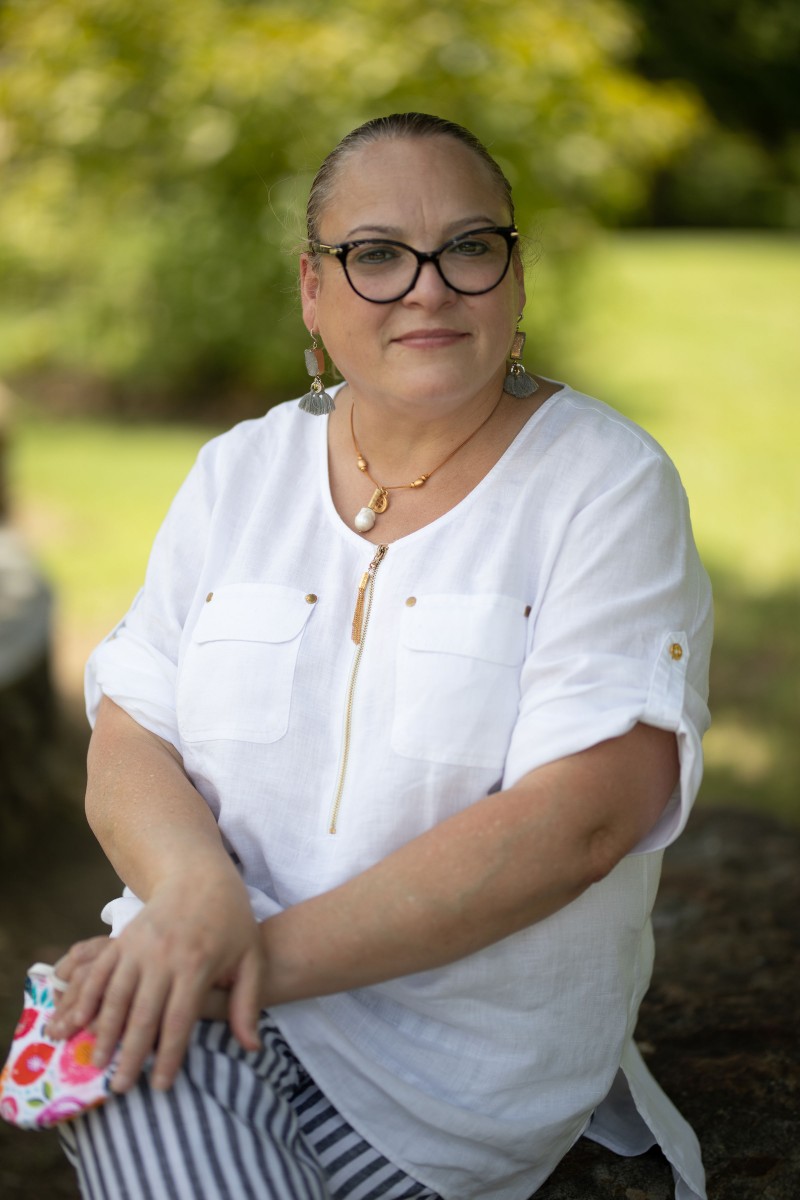
“If we can use those voices, those really strong voices in the community to advocate and say, ‘This is a good thing; you need to be a part of this,’ then we’re more apt to have a stronger response from the community than if it were a lay person or a politician,” Osborne says.
From concept to mobilization, MHRC’s testing program was launched in two weeks. Its patient navigators received training specific to the virus; data systems were linked for scheduling appointments and accessing medical records.
Those who test positive are counseled in how they might most effectively quarantine.
“We educate them about resources if they don’t have a primary-care doctor – or even if they don’t have health insurance – for how they can get medical access,” Cartagena says.
The navigators also assist as needed with transportation and other non-medical needs.
“We’re totally neutral about all of that,” says Bill Curry of a patient’s immigration status. “We’re not taking any political positions or pointing fingers or anything like that. We’re just saying, ‘Our job is to test people.’ That’s what we’re here to do.” Curry is the UAB Health System’s senior vice president for population health, associate dean of rural and primary care and onsite physician for the testing.
It’s made clear that names are put into a database strictly, Curry says, “so that we can know that we give the right result to the right person” and to track positivity in a given community. The message is reiterated across multiple media: “Nobody is going to use this against you.”
Those tested typically get their results in 24 to 48 hours. With funding through the county from the federal CARES Act, they’re aiming to provide 50,000 tests.
‘If We Don’t Work, We Don’t Eat’
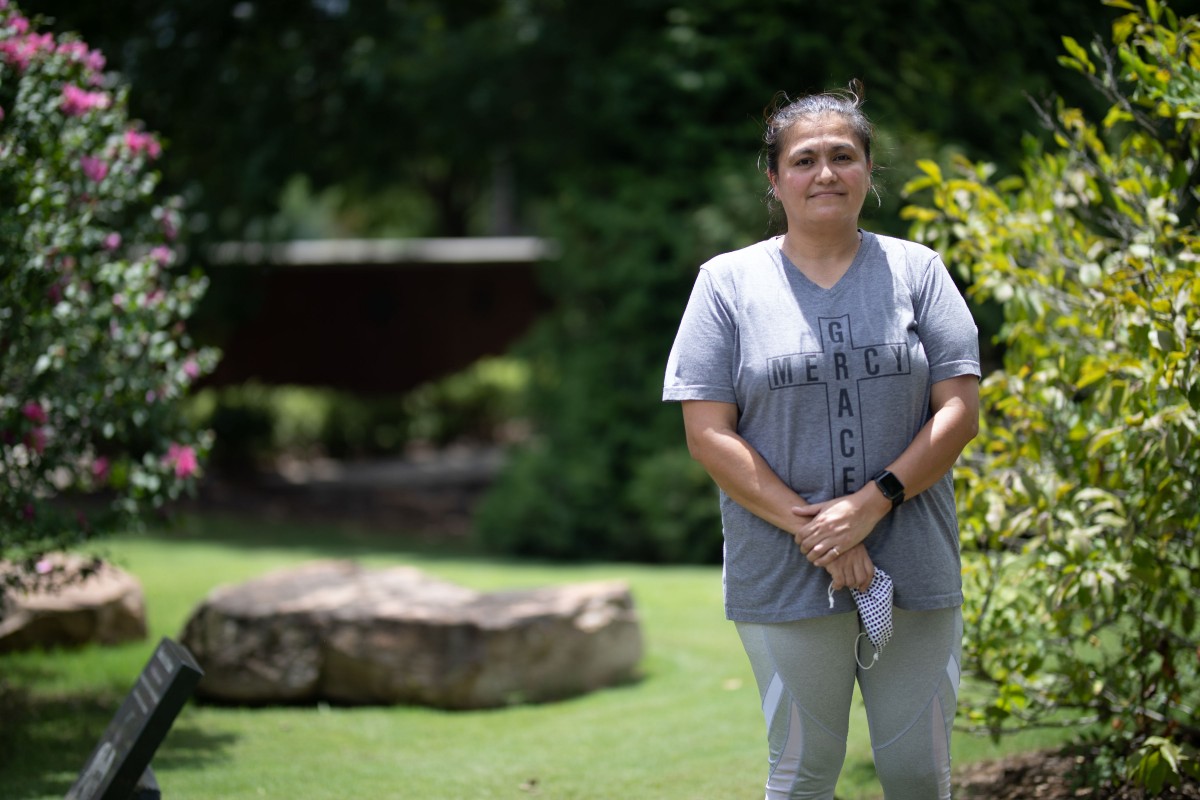
Monica Vasquez, a native of Mexico, is the single mother of four grown children. She makes her living doing domestic work but has been self-quarantining out of fear of having been exposed to the virus. She’s been tested and, at the time of a recent Zoom call, was awaiting her results.
“Thank god my daughters are able to work,” she says through an interpreter. But if her results were to come back positive, her daughters would immediately quarantine.
After we spoke, Vasquez found out that her test was negative, but exposure remains a present danger in her life and that of her family.
“If we don’t work,” she says, “we don’t eat.”
A couple of years ago, Vasquez had a severe stroke, spent a month in the hospital and several in rehab. She worries that she’s at heightened risk of contracting the virus. But her biggest concern “is that I don’t have insurance. If something happens, how am I going to pay?”
Cartagena has made her aware of the Hispanic Interest Coalition of Alabama, which offers financial and other services. Churches and nonprofits are offering food and other essentials to those in need.
Yeimi Espinoza, also from Mexico, says the stress of the pandemic is taking a considerable toll on her family. She too has four children, aged 9 to 19. She’s lost several family members to COVID-19, here and in Mexico.
Espinoza has experienced depression. She’s worried about sending her kids back to school.
“I’m always thinking about what’s going to happen next,” she says through an interpreter.
‘A Singular Time in Our History’
In the midst of the unknown immediate consequences, health care professionals are bracing for the aftermath of COVID-19, aware that preexisting issues will be exacerbated in the long term.
In a recent video conference with journalists, Margarita Alegria, chief of the Disparities Research Unit at Massachusetts General Hospital and a professor of psychiatry at Harvard Medical School, addressed Latinx communities’ critical shortage of access to behavioral health services.
In the midst of the pandemic, a sense of isolation, the anxiety of uncertainty and fear about the future, Alegria says, “are all going to magnify a sense of catastrophe. She spoke of frustrations that lead to domestic violence and child maltreatment.
Alegria points out that while Latinxs have similar or even lower rates of mental health issues as non-Latinx whites, “they have greater severity in the consequences of mental illness. We also know that serious psychological distress is more likely to happen in people that are underinsured in a pandemic, and Latinos are the group with the highest [uninsured] rates.”
“We may not have been prepared for COVID-19,” Alegria says, “but we should be prepared for the post-coronavirus aftereffects.”
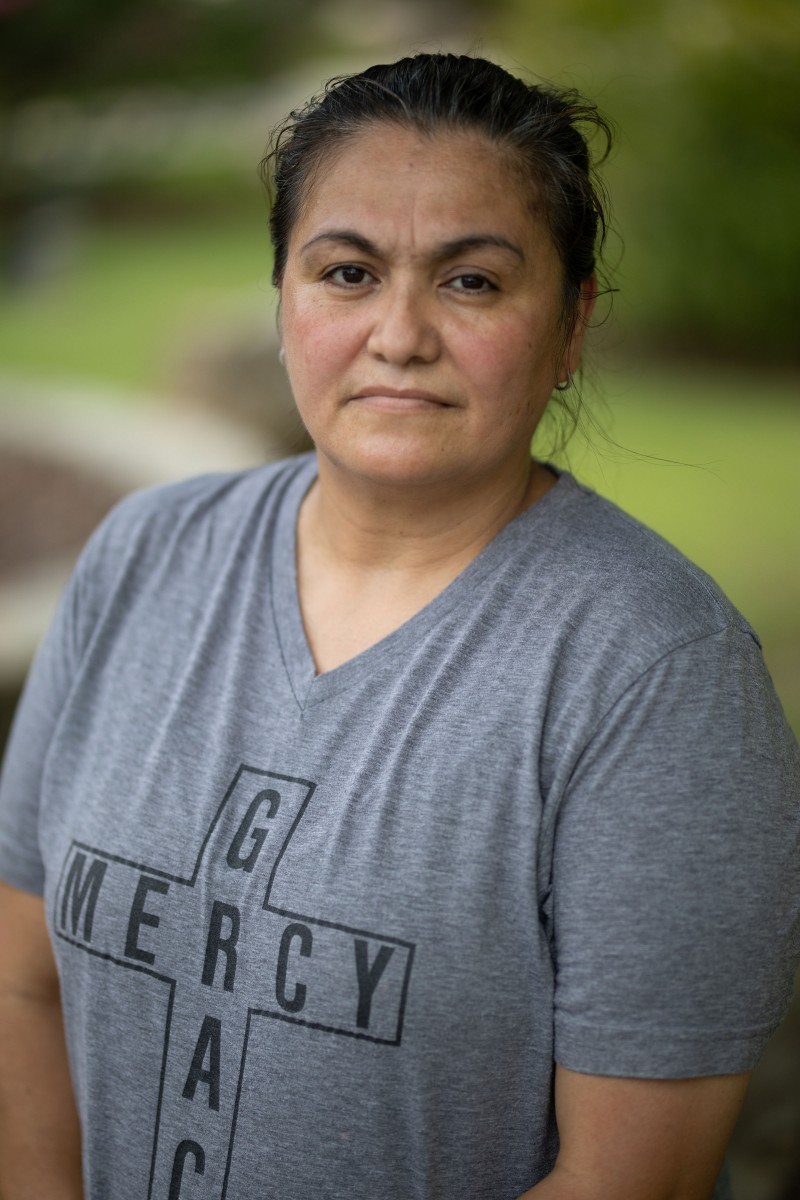
That means, “making sure that we integrate social-science disciplines to understand what’s needed in each local context,” she says, while proactively anticipating the need for health care resources and removing “structural, bureaucratic and attitudinal barriers” to care. It means offering liaison services that operate within community health care facilities.
Further, Alegria says, it will be imperative to “focus on policy innovation to make sure that we address social determinants, and especially institutional racism.”
Richard Besser, CEO of the Robert Wood Johnson Foundation and former acting head of the CDC, offers another remedy: Twelve states, including Alabama, haven’t expanded Medicaid, as allowed for under the Affordable Care Act. This pandemic, Besser argues, has underscored the need to do so.
“This is one of the most stressful periods in our history,” Besser says, “and with that comes the need for mental health and behavioral health services that many people just don’t have the resources to be able to access.”
In expanding Medicaid in all states, he says, “we’d be coming together and saying, ‘This is a singular time in our history, and we need to provide people with as much as we can.’”
The UAB Minority Health & Health Disparities Research Center engages in what it calls “community-based participatory research,” involving the communities in which programs will be initiated up front. It’s essential, Theresa Wallace asserts, that solutions be forged collaboratively.
In the short term, Maria Uncein says, “I believe that the community has to understand that we’re in this together, and that if we focus on three main areas – education, self-care and social distancing – it really will help everyone.”
“We’re part of the solution,” she says. “It’s in our hands to do better.”


